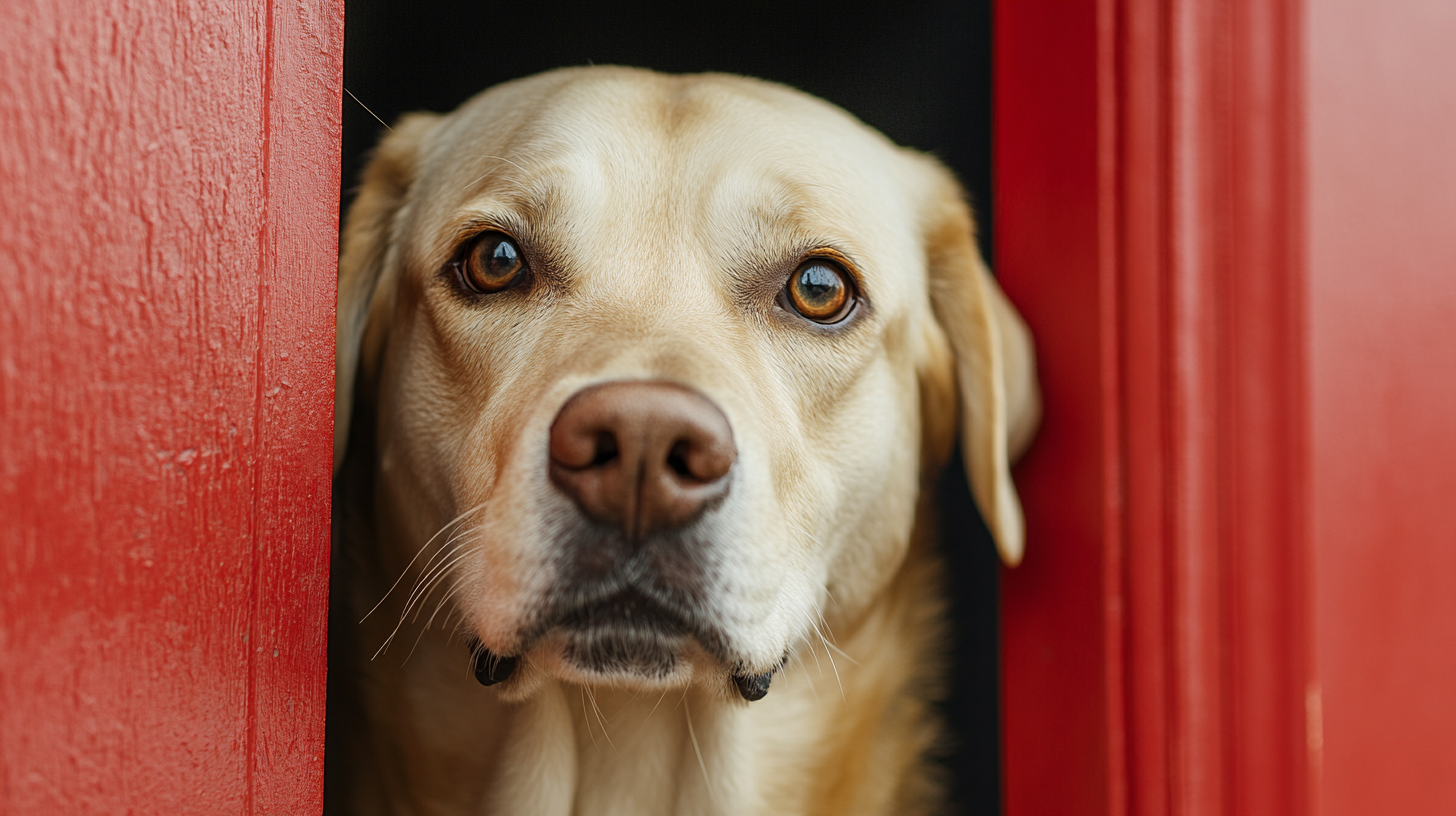How to Handle Separation Anxiety in Dogs: Techniques to Help Your Dog Stay Calm When You're Away
3 min read
Separation anxiety is a common issue faced by dog owners, manifesting as excessive barking, destructive behavior, or even withdrawal when left alone. While it can be distressing to see our beloved pets in such a state, there are techniques you can implement to ease their anxiety. Here are some effective strategies:
1. Create a Safe Space
Setting up a comfortable area for your dog can help them feel secure. Use their bed, favorite blanket, and toys to make a cozy environment. You might also try a crate, as many dogs find den-like spaces comforting. Ensure that they have access to fresh water and some chew toys to occupy their time.
2. Gradual Desensitization
One of the most effective ways to combat separation anxiety is by gradually desensitizing your dog to your departures. Start by leaving for short periods and gradually increasing the length of time you are away. This method helps your dog understand that you will return and can lessen their anxiety over time.
3. Keep Goodbyes and Hellos Low-Key
To mitigate anxiety, make your comings and goings as uneventful as possible. Avoid long, emotional farewells, and upon your return, greet them calmly. This teaches your dog that being alone is a normal part of life, and it won't lead to extreme distress.
4. Train with Commands
Teaching your dog commands such as 'stay' or 'go to your spot' can provide them with structure, even when you're not present. Incorporate these commands into your daily routine to help them feel more secure and listened to, reinforcing that good behavior is rewarded.
5. Engage in Plenty of Exercise
A well-exercised dog is typically a more relaxed dog. Providing physical and mental stimulation throughout the day can reduce anxiety levels. Regular walks, playtime, and puzzle toys can tire your dog out and make them more likely to rest when you’re away.
6. Consult with a Professional
If your dog's separation anxiety seems severe or persistent, consider seeking help from a professional trainer or animal behaviorist. They can provide tailored strategies and support, ensuring your dog gets the specific help they need.
7. Consider Medication
In extreme cases, medication may be necessary. Consult with your veterinarian to determine if anti-anxiety medications are suitable for your dog. Combining medication with behavioral training plans can yield the best results.
Conclusion
Separation anxiety can be a tough challenge, but with consistency, patience, and the right techniques, you can help your dog feel more secure when you need to be away. Remember, every dog is different, so experiment with these methods to find what works best for your furry friend. Ultimately, your commitment and understanding will help create a happier and more relaxed companion.


